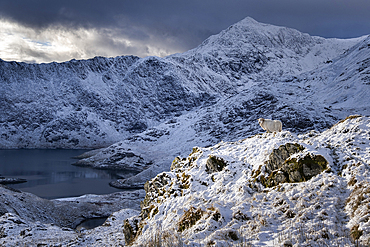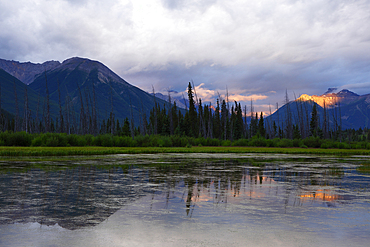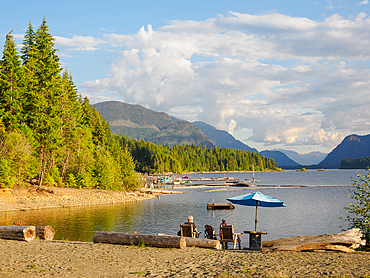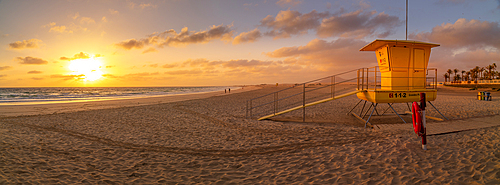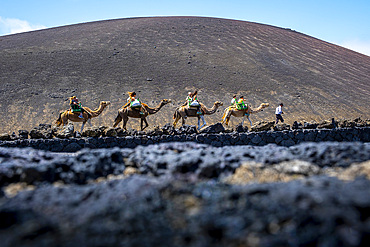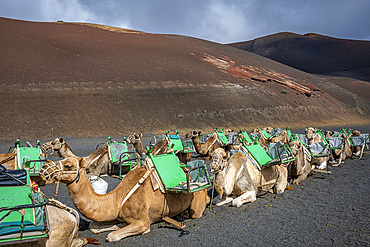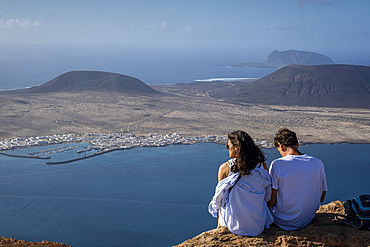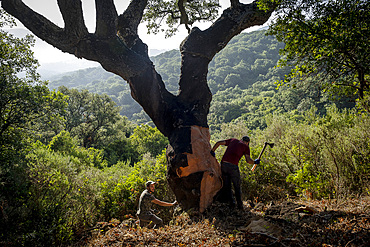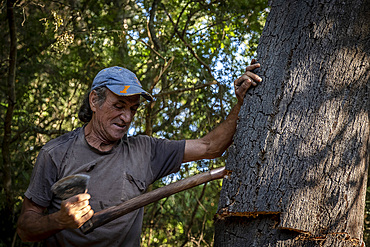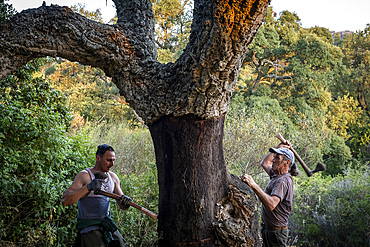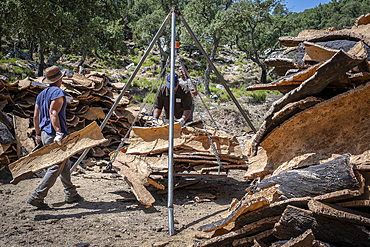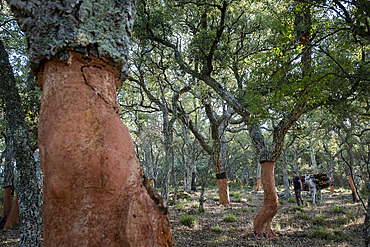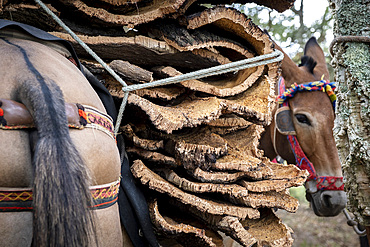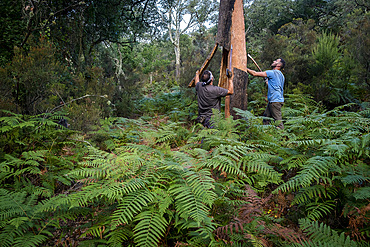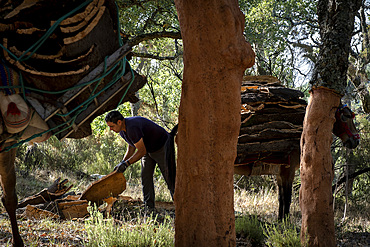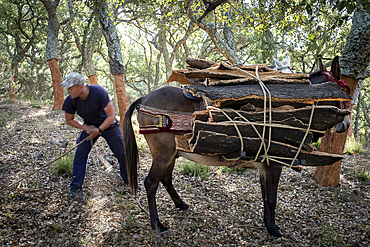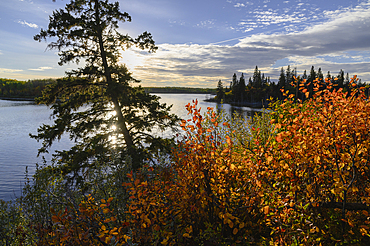Recent searches
Loading...
747-2007 - High water, Ullswater shore, Glenridding, Ullswater, Lake District National Park, UNESCO World Heritage Site, Cumbria, England, United Kingdom, Europe
747-2005 - Canada Geese feeding, Glenridding, Ullswater, Lake District National Park, UNESCO World Heritage Site, Cumbria, England, United Kingdom, Europe
747-2002 - High water, Ullswater shore, Glenridding, Ullswater, Lake District National Park, UNESCO World Heritage Site, Cumbria, England, United Kingdom, Europe
1353-333 - Welsh Mountain Sheep below Mount Snowdon (Yr Wyddfa) in winter, Eryri, Snowdonia National Park, North Wales, United Kingdom, Europe
1353-330 - Walker looking out over Mount Snowdon (Yr Wyddfa), Y Lliwedd and Llyn Llydaw in winter, Snowdon Horseshoe, Cwm Dyli, Eryri, Snowdonia National Park, North Wales, United Kingdom, Europe
1353-329 - Dinorwic (Dinorwig) Power Station and Dinorwic Quarry across Llyn Peris, Eryri, Snowdonia National Park, North Wales, United Kingdom, Europe
1353-327 - Mount Snowdon (Yr Wyddfa), Y Lliwedd and Llyn Llydaw in winter, Snowdon Horseshoe, Cwm Dyli, Eryri, Snowdonia National Park, North Wales, United Kingdom, Europe
1353-328 - Llyn Llydaw, Cwm Dyli and Y Lliwedd in winter, Snowdon Horseshoe, Eryri, Snowdonia National Park, North Wales, United Kingdom, Europe
1353-325 - Welsh mountain sheep in the snows above Llyn Llydaw backed by Y Lliwedd in winter, Cwm Dyli, Eryri, Snowdonia National Park, North Wales, United Kingdom, Europe
1353-323 - Tryfan and the Ogwen Valley viewed from Bristly Ridge, Eryri, Snowdonia National Park, Gwynedd, North Wales, United Kingdom, Europe
1353-322 - Walker looking out over Mount Snowdon (Yr Wyddfa), Y Lliwedd and Llyn Llydaw in winter, Snowdon Horseshoe, Cwm Dyli, Eryri, Snowdonia National Park, North Wales, United Kingdom, Europe
1353-320 - Llyn Gwynant and the Nant Gwynant Valley, Nant Gwynant, Eryri, Snowdonia National Park, North Wales, United Kingdom, Europe
1353-315 - Dinorwic (Dinorwig) Power Station and Dinorwic Quarry across Llyn Peris, Eryri, Snowdonia National Park, North Wales, United Kingdom, Europe
844-28556 - Elevated view of beach and the Atlantic Ocean, Corralejo Natural Park, Fuerteventura, Canary Islands, Spain, Atlantic, Europe
844-28555 - View of trail lights, sand dunes and mountains at dusk, Corralejo Natural Park, Fuerteventura, Canary Islands, Spain, Atlantic, Europe
844-28554 - Elevated view of beach and the Atlantic Ocean, Corralejo Natural Park, Fuerteventura, Canary Islands, Spain, Atlantic, Europe
844-28551 - Elevated view of sand dunes and mountains at sunset, Corralejo Natural Park, Fuerteventura, Canary Islands, Spain, Atlantic, Europe
844-28552 - Elevated view of beach and the Atlantic Ocean, Corralejo Natural Park, Fuerteventura, Canary Islands, Spain, Atlantic, Europe
844-28550 - View of beach and the Atlantic Ocean at sunrise, Corralejo Natural Park, Fuerteventura, Canary Islands, Spain, Atlantic, Europe
844-28549 - Elevated view of beach and the Atlantic Ocean, Corralejo Natural Park, Fuerteventura, Canary Islands, Spain, Atlantic, Europe
844-28548 - View of beach and the Atlantic Ocean at sunrise, Corralejo Natural Park, Fuerteventura, Canary Islands, Spain, Atlantic, Europe
844-28547 - View of beach and the Atlantic Ocean at sunrise, Corralejo Natural Park, Fuerteventura, Canary Islands, Spain, Atlantic, Europe
844-28546 - View of surfers on beach and the Atlantic Ocean, Corralejo Natural Park, Fuerteventura, Canary Islands, Spain, Atlantic, Europe
1359-345 - Lake Nordenskjold and peaks of Los Cuernos, Torres del Paine National Park, Patagonia, Chile, South America
1359-342 - Tree and Tinquilco lake, Huerquehue National Park, Pucon, Chile, South America
1359-340 - Tinquilco lake, Huerquehue National Park, Pucon, Chile, South America
1359-337 - El Toro Lake, Huerquehue National Park, Pucon, Chile, South America
1359-333 - El Toro Lake, Huerquehue National Park, Pucon, Chile, South America
1359-332 - El Toro Lake, Huerquehue National Park, Pucon, Chile, South America
1359-326 - Tree and Tinquilco lake, Huerquehue National Park, Pucon, Chile, South America
844-28544 - View of beach and the Atlantic Ocean at sunrise, Corralejo Natural Park, Fuerteventura, Canary Islands, Spain, Atlantic, Europe
844-28542 - View of surfboarders and the Atlantic Ocean, Corralejo Natural Park, Fuerteventura, Canary Islands, Spain, Atlantic, Europe
1359-362 - Laguna Torre, Los Glaciares National Park, UNESCO World Heritage Site, El Chalten, Patagonia, Argentina, South America
1359-360 - El Toro Lake, Huerquehue National Park, Pucon, Chile, South America
1359-359 - El Toro Lake, Huerquehue National Park, Pucon, Chile, South America
844-28545 - View of couple walking on beach and the Atlantic Ocean, Corralejo Natural Park, Fuerteventura, Canary Islands, Spain, Atlantic, Europe
844-28543 - View of surfboarders and the Atlantic Ocean, Corralejo Natural Park, Fuerteventura, Canary Islands, Spain, Atlantic, Europe
1365-137 - Early morning light, Vermillion Lakes, Banff National Park, UNESCO World Heritage Site, Alberta, Rocky Mountains, Canada, North America
1365-133 - Waterton Lakes National Park, Alberta, Rocky Mountains, Canada, North America
1359-341 - French Valley viewpoint, Torres del Paine National Park, Patagonia, Chile, South America
1242-522 - Strathcona National Park, Vancouver Island, British Columbia, Canada, North America
1242-516 - Strathcona National Park, Vancouver Island, British Columbia, Canada, North America
844-28511 - View of beach, surfers and the Atlantic Ocean on a sunny day, Corralejo Natural Park, Fuerteventura, Canary Islands, Spain, Atlantic, Europe
844-28508 - View of beach, surfers and the Atlantic Ocean on a sunny day, Corralejo Natural Park, Fuerteventura, Canary Islands, Spain, Atlantic, Europe
844-28402 - View of beach, lifeguard tower and the Atlantic Ocean at sunrise, Corralejo Natural Park, Fuerteventura, Canary Islands, Spain, Atlantic, Europe
844-28403 - View of beach, jogger and the Atlantic Ocean at sunrise, Corralejo Natural Park, Fuerteventura, Canary Islands, Spain, Atlantic, Europe
844-28352 - View of beach and the Atlantic Ocean on a sunny day, Corralejo Natural Park, Fuerteventura, Canary Islands, Spain, Atlantic, Europe
844-28350 - View of beach and mountains on a sunny day, Corralejo Natural Park, Fuerteventura, Canary Islands, Spain, Atlantic, Europe
844-28351 - View of beach and the Atlantic Ocean on a sunny day, Corralejo Natural Park, Fuerteventura, Canary Islands, Spain, Atlantic, Europe
844-28349 - View of beach and mountains on a sunny day, Corralejo Natural Park, Fuerteventura, Canary Islands, Spain, Atlantic, Europe
844-28348 - View of beach, Lobos Island and the Atlantic Ocean on a sunny day, Corralejo Natural Park, Fuerteventura, Canary Islands, Spain, Atlantic, Europe
844-28345 - Aerial view of road through sand dunes overlooking the Atlantic Ocean, Corralejo Natural Park, Fuerteventura, Canary Islands, Spain, Atlantic, Europe
844-28344 - Aerial view of beach and the Atlantic Ocean, Corralejo Natural Park, Fuerteventura, Canary Islands, Spain, Atlantic, Europe
844-28342 - View of beach and the Atlantic Ocean, Corralejo Natural Park, Fuerteventura, Canary Islands, Spain, Atlantic, Europe
844-28341 - View of beach, lifeguard tower and the Atlantic Ocean at sunrise, Corralejo Natural Park, Fuerteventura, Canary Islands, Spain, Atlantic, Europe
844-28340 - View of beach and the Atlantic Ocean at sunrise, Corralejo Natural Park, Fuerteventura, Canary Islands, Spain, Atlantic, Europe
844-28339 - View of beach and the Atlantic Ocean at sunrise, Corralejo Natural Park, Fuerteventura, Canary Islands, Spain, Atlantic, Europe
844-28338 - View of beach, lifeguard tower and the Atlantic Ocean, Corralejo Natural Park, Fuerteventura, Canary Islands, Spain, Atlantic, Europe
1350-6511 - El Tornillo rock formation. El Torcal de Antequera, Sierra del Torcal, Antequera, M�laga, Andalusia, Spain. Karstic rock formations
1350-6503 - Teide and Roque Cinchado, in Los Roques de Garcia, volcanic rock formations in Teide national park, Tenerife, Canary Islands, Spain
1350-6502 - Teide, volcanic rock formations, and retama (Spartocytisus supranubius) in Teide national park, Tenerife, Canary Islands, Spain
1350-6501 - Teide, volcanic rock formations, and retama (Spartocytisus supranubius) in Teide national park, Tenerife, Canary Islands, Spain
1350-6488 - Tourists riding camels, in Timanfaya National Park, Lanzarote, Canary Islands, Spain
1350-6487 - Echadero de Camellos, Camels wait for the next ride with tourists, Timanfaya National Park, Ruta de Los Volcanes, Lanzarote, Spain
1350-6485 - Panorama of La Graciosa Island with Caleta del Sebo town, from Mirador del Rio. Lanzarote, Canary Islands, Spain
1350-6475 - Cork collecting Natural Park Los Alcornocales Cortes de la Frontera Andalusia Malaga Spain
1350-6474 - Cork collecting Natural Park Los Alcornocales Cortes de la Frontera Andalusia Malaga Spain
1350-6473 - Cork collecting Natural Park Los Alcornocales Cortes de la Frontera Andalusia Malaga Spain
1350-6471 - Cork collecting Natural Park Los Alcornocales Cortes de la Frontera Andalusia Malaga Spain
1350-6472 - Cork collecting Natural Park Los Alcornocales Cortes de la Frontera Andalusia Malaga Spain
1350-6470 - Cork collecting Natural Park Los Alcornocales Cortes de la Frontera Andalusia Malaga Spain
1350-6469 - Cork collecting Natural Park Los Alcornocales Cortes de la Frontera Andalusia Malaga Spain
1350-6636 - Aerial view of Mayan Ruin of Chichen Itza Archaeological Site Yucatan Peninsula, Quintana Roo, Caribbean Coast, Mexico
1350-6635 - Aerial view of Mayan Ruin of Chichen Itza Archaeological Site Yucatan Peninsula, Quintana Roo, Caribbean Coast, Mexico
1350-6678 - Strawberry Poison Frog (Dendrobates pumilio), adult, Bastimentos National Park, Bocas del Toro, Panama. The strawberry poison frog or strawberry poison-dart frog (Oophaga pumilio or Dendrobates pumilio) is a species of small amphibian poison dart frog found in Central America. It is common throughout its range, which extends from eastern central Nicaragua through Costa Rica and northwestern Panama. The species is often found in humid lowlands and premontane forest, but large populations are also found in disturbed areas such as plantations. The strawberry poison frog is perhaps most famous for its widespread variation in coloration, comprising approximately 15���30 color morphs, most of which are presumed to be true-breeding. O. pumilio, while not the most poisonous of the dendrobatids, is the most toxic member of its genus. The species is most diverse in Panama with varieties in vivid shades of all red, orange, blue, yellow or green, green and yellow, white with red, orange or black and spotted varieties. The most colorful mix is found in Isla Bastimentos Marine National Park though not all in one place. Colors vary by location. A beach on the north side of the island is named after the species. Two of Southern Explorations' Panama tours visit red frog habitat. Both the eight-day Panama Adventure trip and eleven-day Panama Highlights trip spend time in Isla Bastimentos Marine National Park and the former also goes to Red Frog Beach.
The red frog is not as poisonous as some of its cousins and is not a threat to humans. It subsists on a diet of ants that dine on poisonous plants, providing the red frog its protective skin toxin. Males attract females with a loud quick chirp. To hear the distinctive sound before you depart on your Panama tours, go to the University of Michigan Museum's biodiversity website (www.animaldiversity.ummz.umich.edu.) After birth, the tadpoles climb aboard the mother who deposits them in different protected areas where she retu
1350-6465 - Cork collecting Natural Park Los Alcornocales Cortes de la Frontera Andalusia Malaga Spain
1350-6463 - Cork collecting Natural Park Los Alcornocales Cortes de la Frontera Andalusia Malaga Spain
1350-6462 - Cork collecting Natural Park Los Alcornocales Cortes de la Frontera Andalusia Malaga Spain
1350-6461 - Cork collecting Natural Park Los Alcornocales Cortes de la Frontera Andalusia Malaga Spain
1350-6459 - Aerial view of marshes, the Tancada lagoon, rice fields, Eucaliptos beach and lᄡAlfaca beach; Sant Carles de la Rapita, Ebro Delta, Natural Park, Tarragona, Spain
1350-6654 - The Parque Hidalgo and statue of Manuel Cepeda Peraza and The San Ildefonso Cathedral in Mérida, the capital and largest city in the Yucatan State and Yucatán Peninsula, Mexico
1350-6645 - El Castillo, The Pyramid of Kukulkán, is the Most Popular Building in the UNESCO Mayan Ruin of Chichen Itza Archaeological Site Yucatan Peninsula, Quintana Roo, Caribbean Coast, Mexico
1350-6644 - The Church and Nunnery at Chichen Itza Archaeological Site in Yucatan Peninsula, Quintana Roo, Caribbean Coast, Mexico
1350-6643 - Stony stairs of tomb of the High Priest pyramid at Chichen Itza Archaeological Site in Yucatan Peninsula, Quintana Roo, Caribbean Coast, Mexico
1350-6642 - The Great Ball Court in the Mayan Ruins of Chichen Itza Archaeological Site Yucatan Peninsula, Quintana Roo, Caribbean Coast, Mexico
1350-6640 - Serpent head sculpture in Mayan Ruin of Chichen Itza Archaeological Site in Yucatan Peninsula, Quintana Roo, Caribbean Coast, Mexico
1350-6639 - El Castillo, The Pyramid of Kukulkán, is the Most Popular Building in the UNESCO Mayan Ruin of Chichen Itza Archaeological Site Yucatan Peninsula, Quintana Roo, Caribbean Coast, Mexico
1350-6637 - El Castillo, The Pyramid of Kukulkán, is the Most Popular Building in the UNESCO Mayan Ruin of Chichen Itza Archaeological Site Yucatan Peninsula, Quintana Roo, Caribbean Coast, Mexico. Asian tour leder dressed in a maya style.
1350-6638 - El Castillo, The Pyramid of Kukulkán, is the Most Popular Building in the UNESCO Mayan Ruin of Chichen Itza Archaeological Site Yucatan Peninsula, Quintana Roo, Caribbean Coast, Mexico
1350-6466 - Cork collecting Natural Park Los Alcornocales Cortes de la Frontera Andalusia Malaga Spain
1350-6464 - Cork collecting Natural Park Los Alcornocales Cortes de la Frontera Andalusia Malaga Spain
1365-13 - Torres del Paine National Park, Patagonia, Chile, South America
1359-92 - Full frame abstract shot of natural rock formations at Zabriskie Point at sunrise, Death Valley National Park, California, USA
1359-71 - Gorge with natural arch by Navajo Loop Trail, Bryce Canyon National Park, Utah, USA
1112-7193 - A waterfall cascading from the mountains amongst Nothofagus beech trees in Karukinka Natural Park, Chile, South America
1112-7196 - A pair of juvenile male southern elephant seals (Mirounga leonina), mock-fighting in Karukinka Natural Park, Chile, South America
1112-7194 - A pair of juvenile male southern elephant seals (Mirounga leonina), mock-fighting in Karukinka Natural Park, Chile, South America
1112-7195 - A pair of juvenile male southern elephant seals (Mirounga leonina), mock-fighting in Karukinka Natural Park, Chile, South America
1241-377 - Sunset in autumn at Astotin Lake, Elk Island National Park, Alberta, Canada, North America
1241-378 - Sunset in autumn at Astotin Lake, Elk Island National Park, Alberta, Canada, North America



